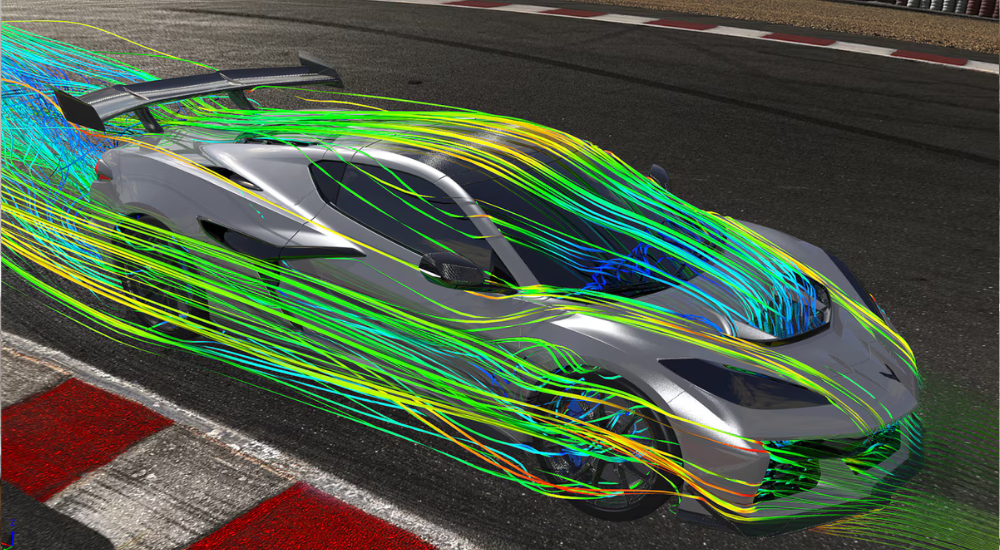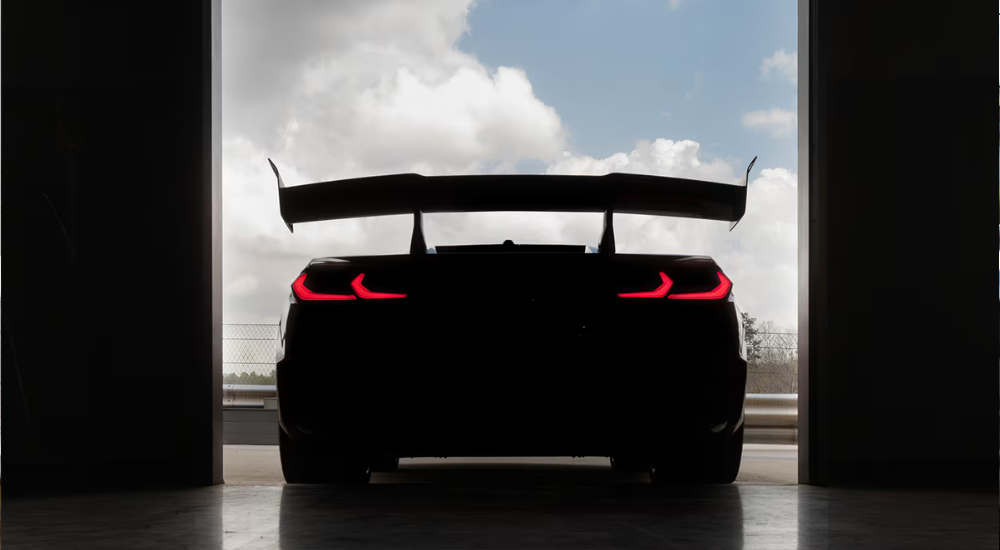With the 2026 Corvette ZR1X, an absolutely marvelous piece of machinery, Chevrolet has introduced what can effectively be called a new and true American hypercar. It’s one of the most advanced vehicles from the company, maybe the most advanced Chevy ever. Never mind the hybrid electric all-wheel drive, which is impressive enough—the performance is out of this world. Equipped with an LT7 twin-turbo V8 engine, it’s capable of delivering 1,250 hp and 973 lb-ft of torque.
If those numbers aren’t familiar to you, the takeaway here is that it’s extremely powerful and can go from zero to 60 mph in under two seconds. Moreover, it runs the quarter-mile in under nine seconds, with a trap speed of well over 150 mph. It’s fast, gorgeous, and record-breaking. It’s also hard to imagine the average Joe climbing behind the wheel of this beast.
Quite frankly, those are jaw-dropping numbers in any car. But it begs the question, what constitutes a hypercar? How is that any different from a supercar? It would seem that hypercars are the pinnacle of automotive engineering, both in design and performance—but what are the qualifications, if there are any?
Analyzing the Modern Hypercar
It might seem silly, but to define “hypercar,” one must first consider the term “supercar” and what makes the two different. Luckily, the classifications for a supercar are fairly straightforward and very easy to understand.
A supercar is what one might consider an exotic vehicle, with incredible performance that pushes the boundaries of speed, technology, and aesthetics. It is not necessarily designed to be street-driven, emphasizing powerful hardware and engines, futuristic, aerodynamic, and nearly impossible designs, and features that are largely impractical. However, an important distinction to make here is that they are street legal; they’re not track-only race cars. They’re also usually very, very expensive, and owned by a very small subset of people; sometimes even not “owned” in the traditional sense but instead purchased as an investment.
Back in the real world, a reason you won’t find most supercars riding around highways and byways is that, again, they’re designed to push the boundaries of every facet of design and aren’t necessarily meant to be practical to drive. Like the Ford GT’s superfast nose-lift, which uses a hydraulic active suspension system to get over bumps. Or the Ferrari GTC4Lusso’s folding rear seats that increase trunk space—why would you be using this vehicle to haul or store gear? The answer is you wouldn’t. That’s why it’s also silly to see the McLaren F1’s side storage lockers, which look awesome, but don’t offer much extra storage space for bags or luggage.
Moving on, a “hypercar” is considered the best of the best in the supercar category. So, hypercars are supercars, but not vice versa. However, the terms are often used interchangeably, and things can get pretty confusing if you want to be a stickler.
What Makes a Hypercar, Well, Hyper?
Performance is a huge factor. Some hypercars can even reach speeds above 300 mph—the Bugatti Chiron Super Sport 300+ was the first to break that barrier. They also accelerate from zero to 60 mph in less than three seconds, like the Corvette ZR1X. However, it’s also about the design of the vehicle, meaning the engineering behind that performance. A hypercar often utilizes a revolutionary or innovative design, something you wouldn’t see on any consumer-grade vehicle.
To drive the point home, you might not even see the same technologies, materials, or designs used for hypercars in high-performing racecars. Features like active aero elements, self-adjusting suspension, advanced electronic driver aids, and more have all been banned from racing for being too fast, but can still be found on production hypercars.
Some iconic hypercars include the Bugatti Chiron, McLaren P1, Ferrari LaFerrari, and Koenigsegg Agera RS. They are stunning, remarkably powerful, and due to their unique designs, stand the test of time even up against other supercars and hypercars. They are truly the best of the best, and the Corvette ZR1X belongs in that class, which should tell you a little about their design and capabilities.
In short, hypercars feature:
- Highly advanced engineering.
- New technologies with impossible-seeming designs.
- Cutting-edge features that aren’t necessarily practical.
- Best-in-class performance that’s truly record-setting.
- High price tags that often border on ridiculous.
- Limited build numbers.
Some might also define hypercars and supercars as conceptual, but that’s somewhat disingenuous because a concept car isn’t usually designed to perform. In most cases, they’re more of a demo of what can be. Hypercars and supercars really drive and set the asphalt on fire, figuratively speaking.
What Makes the Corvette ZR1X a Hypercar?
For starters, the acceleration of the Corvette ZR1X positions it as a supercar, with a zero to 60 mph time that is under three seconds. Equipped with dual 76mm turbochargers, a “maniturbo” exhaust as Chevrolet calls it, and dynamic anti-lag controls to help boost throttle response, it certainly blows through what would otherwise be considered normal speed limits, which is precisely what a hypercar should be capable of.
Moreover, the ZR1X features an impressive hybrid all-wheel drive system, instead of the rear-wheel drive configuration used in previous Corvette models. This gives the model an edge in performance through enhanced traction at lower speeds, resulting in quicker acceleration off the starting line and better overall handling. That’s not to say the ZR1X is necessarily easy to drive or meant for the faint of heart. As with most hypercars, it is always best for experienced, highly-skilled drivers to be behind the wheel of this modern marvel when it moves on asphalt.
With a high-voltage battery pack and electric motor for the front axle working alongside the twin-turbo V8 propulsion for the rear axle, the ZR1X certainly pushes the limits of what’s possible. Interestingly enough, Chevy opted not to make the car a plug-in hybrid. Instead, the battery is recharged through regenerative braking while you drive. This is certainly more practical than needing to plug in every eight miles like the Ferrari SF90 plug-in hybrid.
Another cool element of the ZR1X is the three-screen layout and reimagined center console that pairs with a mobile app to deliver real-time performance data. As drivers take it around the track (or back roads), they’ll receive performance information right on their phones. But it’s probably not even necessary with that three-screen layout. Seriously, peering into the inside of this vehicle is like looking at the cockpit of a futuristic space shuttle. And with the speeds that the Corvette ZR1X offers, it might as well be a spaceship.
Shelling Out for a Corvette Hypercar
The price of the ZR1X might stop you in your tracks, or it might strike you as an incredible bargain. The 2026 Corvette ZR1X starts at $207,395, which is a lot of money for a car, but an absolute steal for a hypercar, seeing as most entries in the segment cost over a million dollars. In fact, that price tag might be the biggest argument that the ZR1X isn’t a hypercar—it’s just too affordable! If you have that much money sitting in a bank account, you’re golden; if you don’t, you might want to start saving, at least if owning a Corvette hypercar is a personal goal.






